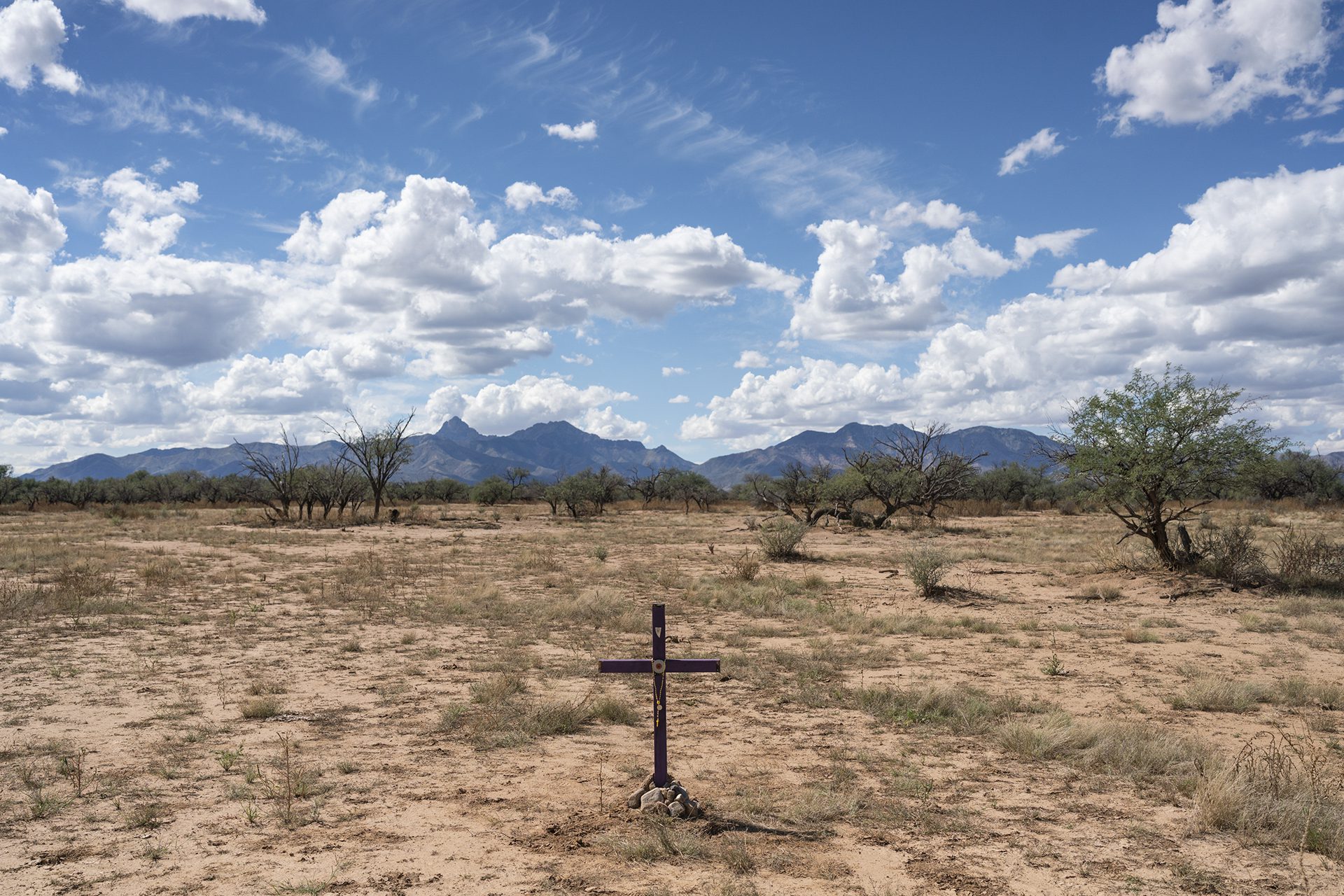 Max Herman for Borderless Magazine
Max Herman for Borderless MagazineArizona artist Alvaro Enciso has spent years of his life leaving crosses in the desert for migrants who died while traveling to the United States.
Every Tuesday morning, artist Alvaro Enciso sets out into the desert of Southern Arizona to honor migrants who have lost their lives on their journey north.
Want to receive stories like this in your inbox every week?
Sign up for our free newsletter.

For almost a decade, Enciso and a group of volunteers based in Tucson have gone into the desert in 4WD vehicles to plant handmade crosses, painted in bright shades of orange, purple and green, at the sites where immigrants died. The crosses often feature lids from found tin cans and red ceramic dots donated by a fellow artist.
The 77-year-old Colombian immigrant has placed over 1,400 of the crosses using quick-dry concrete. Some are along two-lane highways, others are under trees deep in the desert. Enciso calls this project, “Donde Mueren los Sueños,” Where Dreams Die.
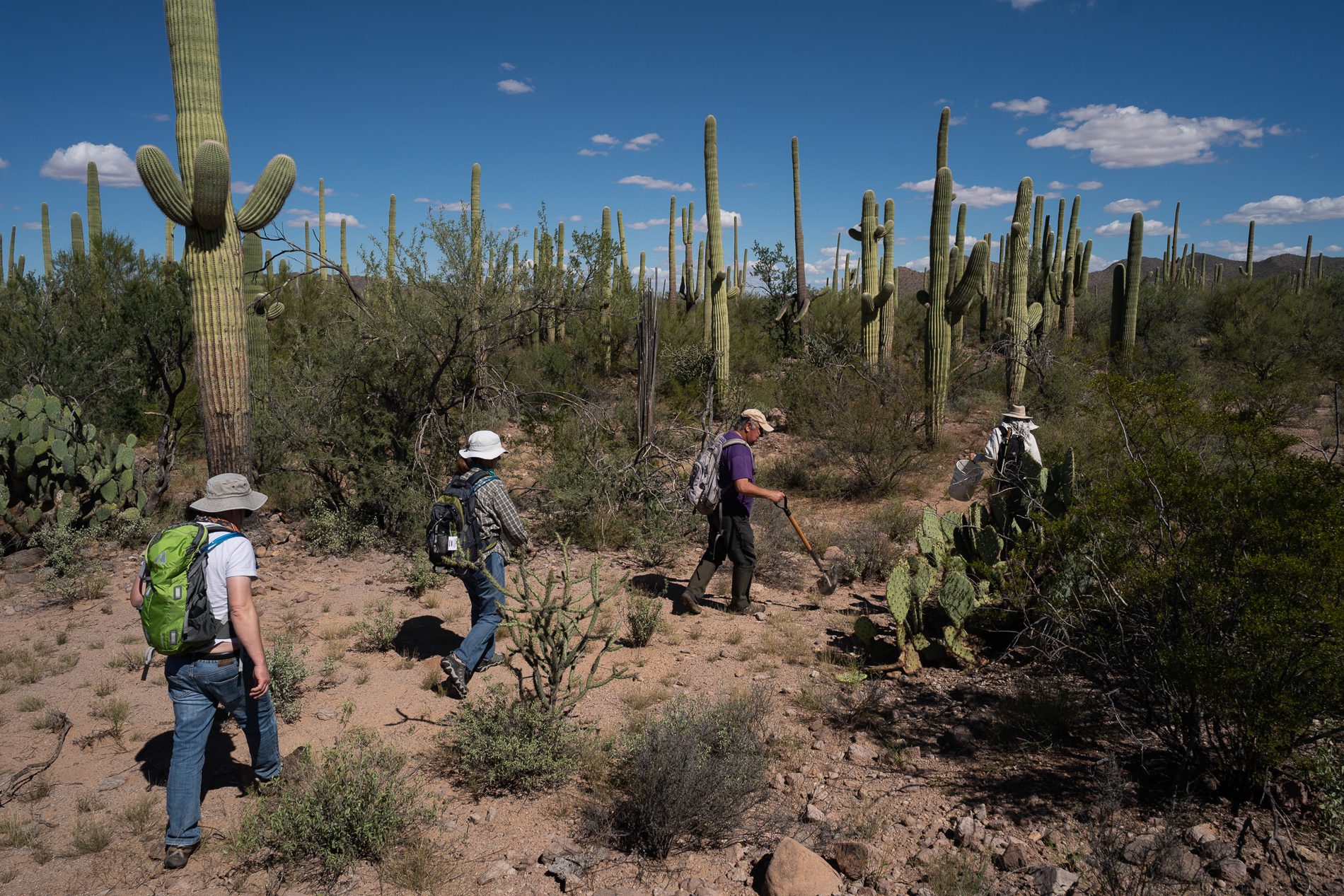
As of July 2022, the remains of over 3,900 migrants have been found in Arizona’s Sonoran Desert since 1981. And the number of deaths in the Arizona desert has not been going down significantly in recent years. Making their way down unpaved utility roads, into rocky washes, and sometimes carving their own path through thorny bushes, Enciso’s group aims to leave at least three crosses a week for deceased migrants using data from the Arizona OpenGIS Initiative for Deceased Migrants.
It’s difficult work. “It builds up, you know? You’re dealing with the dead. You’re dealing with something tragic, you’re dealing with something that is not pretty. And it affects you, like the medical examiner seeing dead bodies all day long,” he said.

Now that Enciso has developed arthritis in his knees, he can no longer hike to some of the more remote sites on his own. Thankfully, he has dedicated volunteers like Peter Lucero, who can help the artist make his way through the desert. He says he’ll keep honoring migrants this way as long as he can.
Borderless Magazine spoke with Enciso about what drew him to the Arizona borderlands, his own migration story and how his artistic practice changed his way of life.
Read More Of Our Coverage
When you look at the deceased migrants database, you don’t see too much. You see the name of the person, if he or she was identified, the age, where the body was found, the date, the cause of death if it could be determined, and when the body was picked up. So the circumstances of what happened there, I’m not privy to that information. But pretty much that information is all I need.
Art is about making the invisible, visible. So the cross is the visible aspect of it — someone died here.
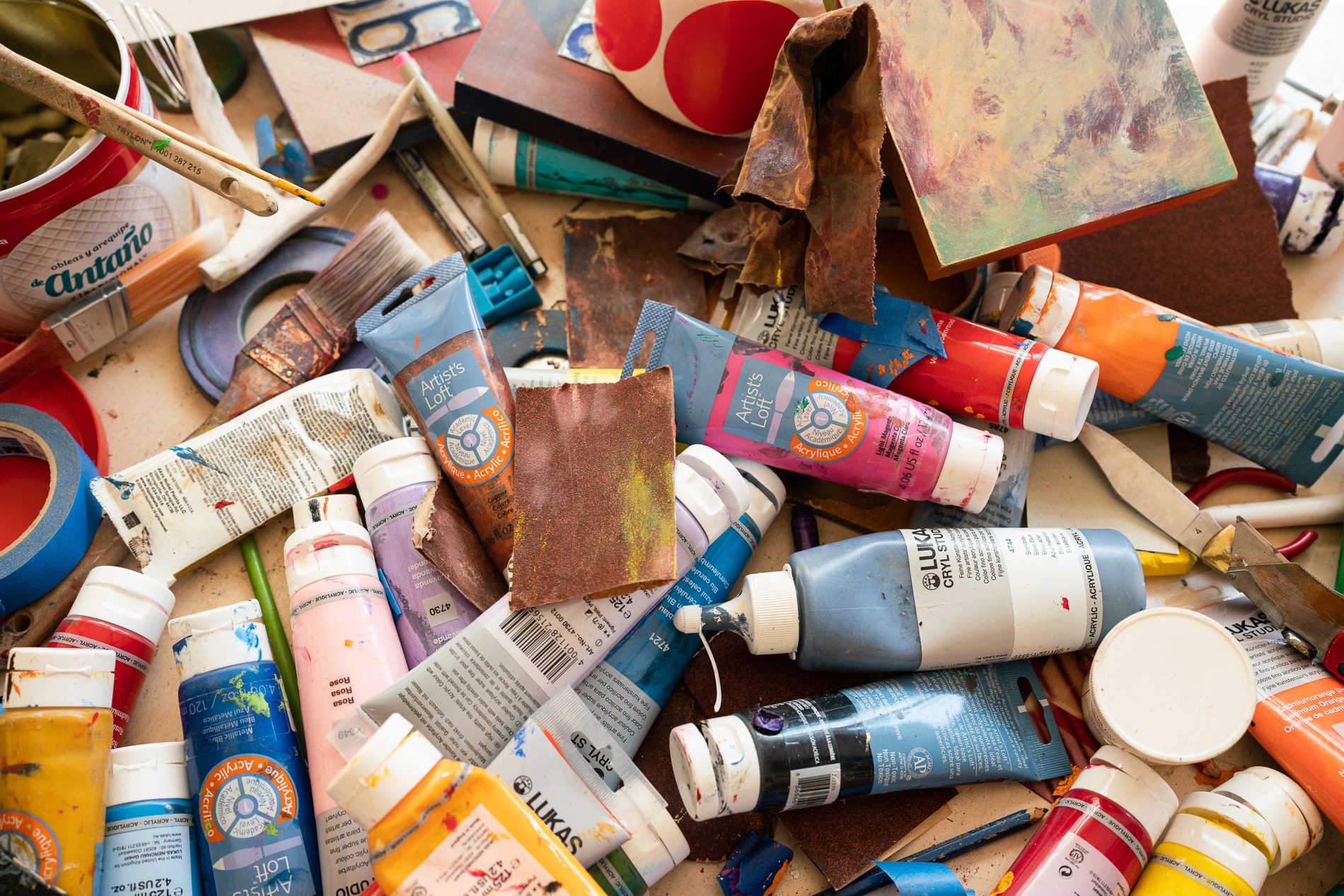
I moved here to Tucson in 2011. I was living in New Mexico. And one day, I saw an article in the paper — in the local Albuquerque Journal — about a retired Marine boxer who was also a Methodist preacher. The article was about him loading his truck and trailer with water, medical supplies and blankets and driving along the whole border helping migrants, from Texas all the way to California.
At the time, I was trying to connect my own migrant journey many years ago with what’s happening now because it’s no different than what happened. We’ve been migrating for many, many, many years. It is nowadays such a big news item. So I wanted to somehow connect myself to this new migration because I’m one of them.
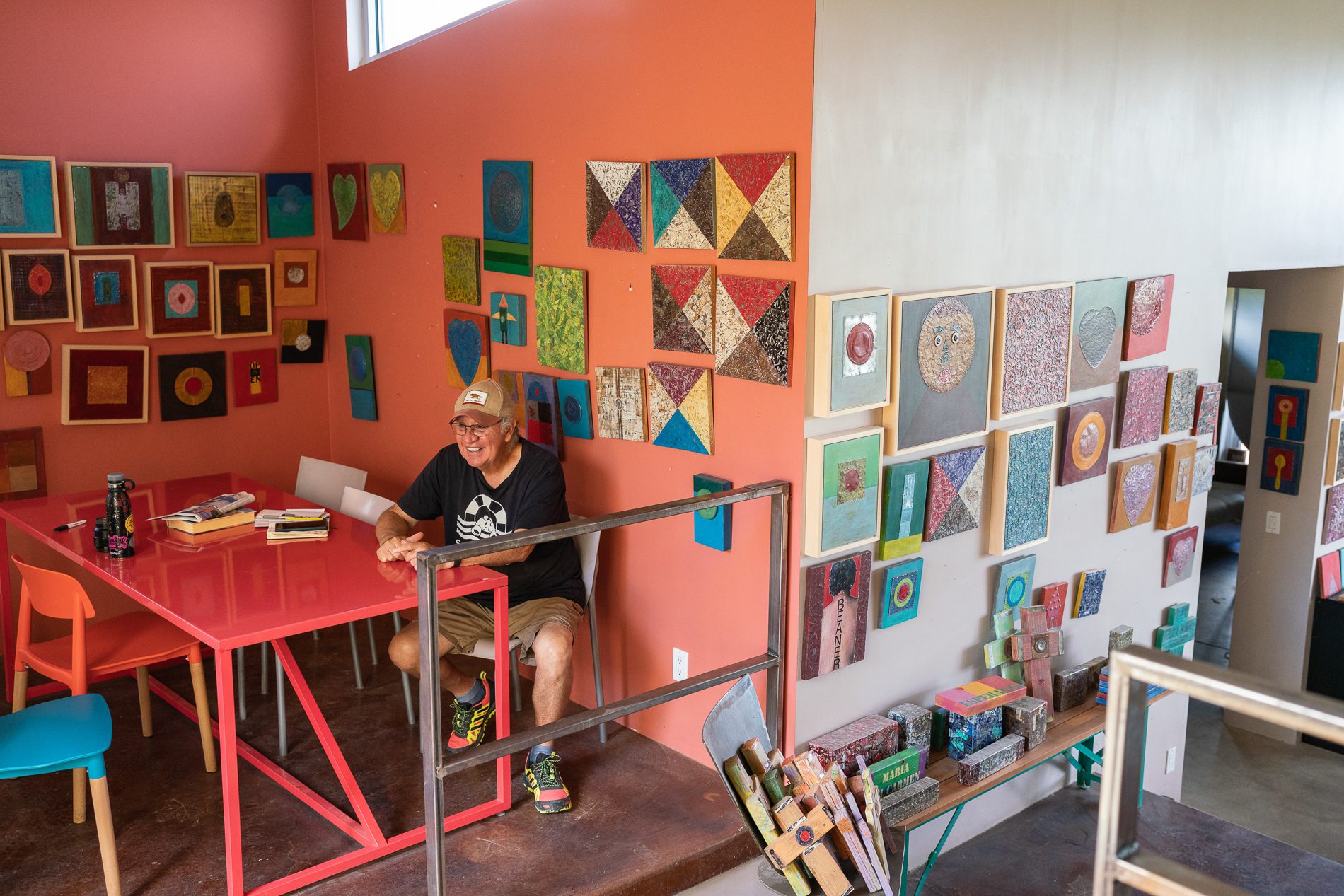
I came here as a migrant. I want to explore the American dream and how that contributes to migration. The thing that lures you here is hoping that you’re going to find all of the things that you’re looking for. And that’s not always the case. So, I came here with the preacher, saw the situation and for the first time, I learned that migrants were dying out in the desert. Because in New Mexico it doesn’t often make the news. You don’t read about it in newspapers, you know, it’s like “insignificant” people dying out in the desert.
Even the people here in Tucson didn’t know where the people died. They just saw the list of how many people died every month or so. But they really never went to the sites, they didn’t understand the whole thing.
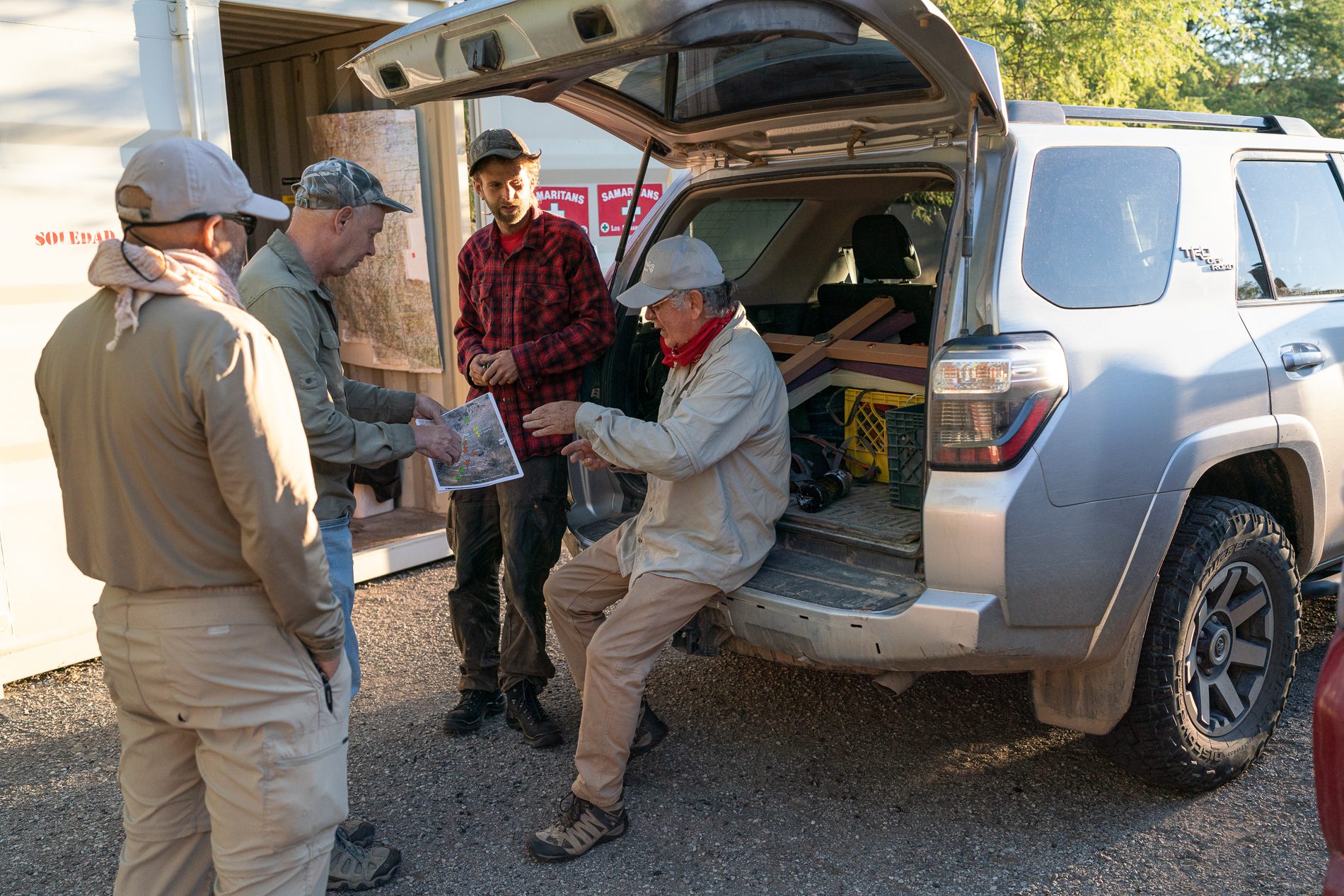
So I started looking at that map that Humane Borders has with all the red dots. It’s a map of thousands of red dots. You can’t even see the details of the map because it’s covered with red dots. And there was something about the red dots that appealed to me because I’m looking at a map and I’m looking at red dots and this is an obstruction. The map is not the actual territory. The red dot, it’s only a thing on a map. So I wanted to bring that red dot, where the actual tragedy took place, and mark the location somehow to sort of point fingers: Someone died here. We could have prevented that. And that’s how the whole thing got started.
Sacrifice and the American Dream
In the beginning, it was very personal. It was my way to connect with my own migration, and, in a way, to honor the courage that it takes to leave everything behind. You leave your country, you leave your language, you leave your family, you leave everything that you knew to come here looking for a better way of life.
I grew up in a town called Villavicencio in central Colombia. I wanted to go to college. I loved literature and studying all kinds of things. But in Villavicencio, the college was for the rich, the only people who could afford the university. The only way that I could go to college was by trying to find my way to the United States. I was able to get a permanent visa to live here, thanks to my aunt in New York City. So I came here to get an education.
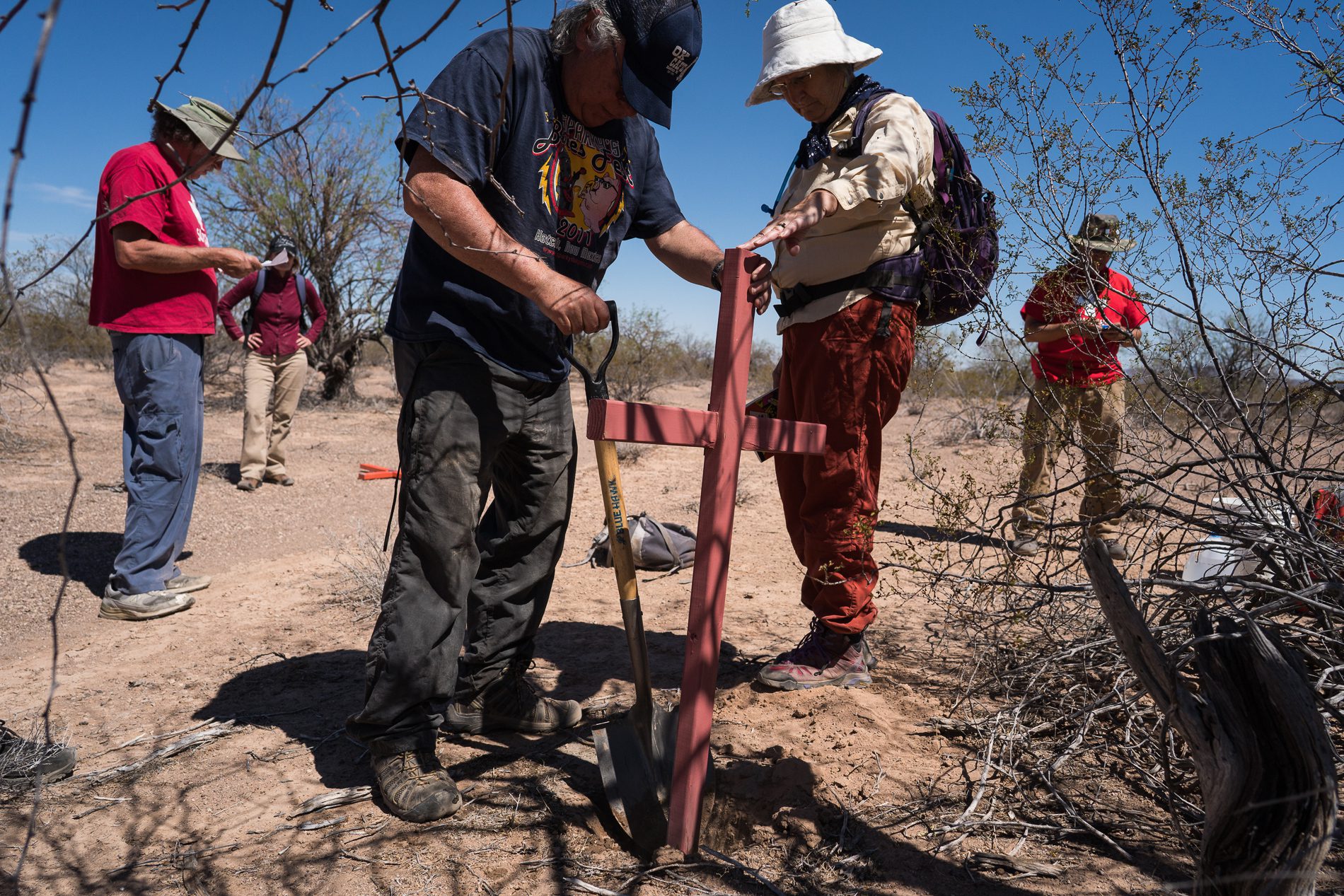
I was very naive thinking I would just land here and go to say, Columbia University. But I didn’t even have the documents to prove that I finished high school. I didn’t have the language or the money to pay for it. I was drafted into the U.S. Army but then I saw an opportunity. I was in Vietnam for 14 months and served two years of military service. I wasn’t going to let the G.I. Bill go to waste. This was the break I was looking for. This was my ticket. I was able to find my way into college. So that’s why I talk about finding pieces of the American dream, but never really finding the whole thing because I don’t think the whole thing exists.
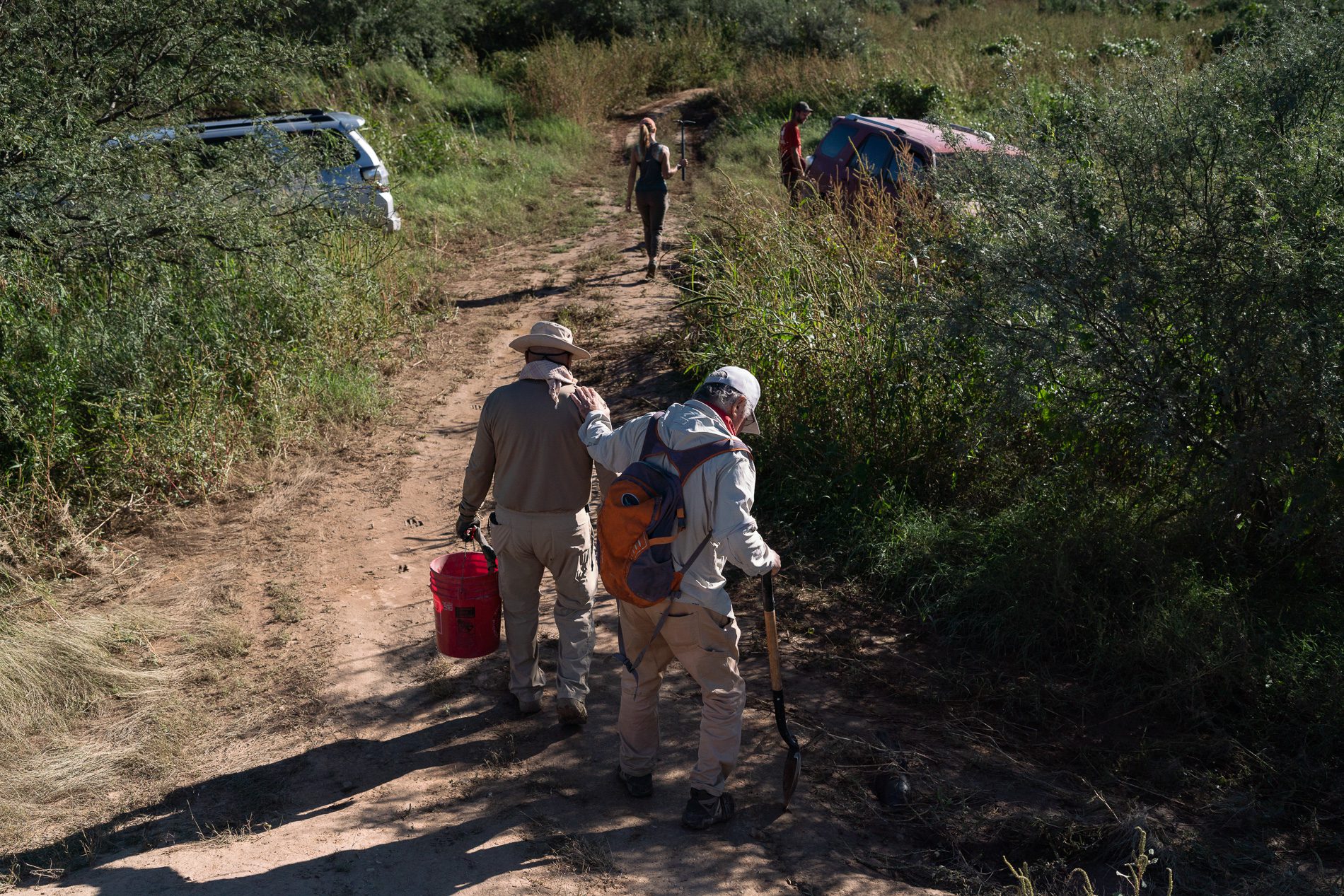
The American dream was never intended for Native Americans, Mexicans, Blacks, Chinese. The American dream is not for them. They don’t meet the profile that we have here. We don’t want them. So that’s when I started thinking more about people dying in vain, people dying for a dream that maybe doesn’t exist. Putting up crosses in the desert is a way for me to deal with my own identity and how I live in two cultures. It’s about the dislocation that happens when you ask, who do you belong to? And how do you negotiate your own existence and your own life in two languages and two cultures?
Marking Losses and Counting Blessings
When I go to put a cross, it’s an opportunity for me to connect with my own losses in my own life. Every time I go there, I think of my grandmother who raised me who died. My parents — my father whom I never knew, but he’s dead too and my mother who’s dead and all of my romantic disgraces — those are losses too. All of that is part of who you are. So every time I go to put a cross, I bring all of my, as the Native Americans say, all my relations. You bring all of your experiences and all of your loves and all of the grieving to these places and grieve there.
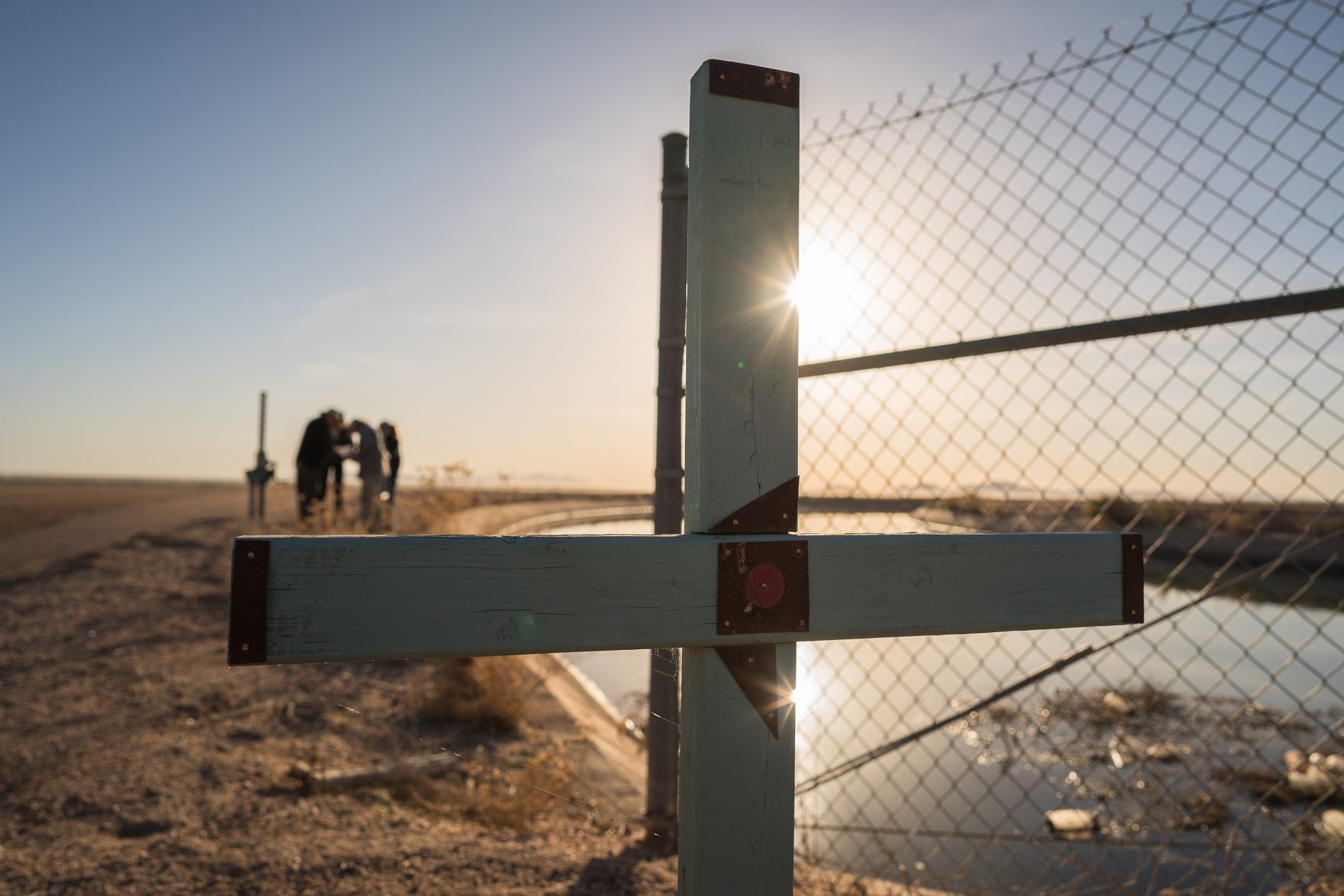
So on Tuesdays, that’s the day I go to church. It’s the day where I atone, the day where I grieve. And the day where I’m doing something for a stranger whom I never knew. But I consider him part of my life, because I’m going to where he or she died. And marking that location. And that desert will have a memorial for him or her that will be there for many years.
This project of mine has given me more than I have given to the project. The return has been greater. It’s turned me into a better person. I have more empathy. I have more compassion. I pay attention to things. I listen to people. That kind of thing that I was not good at at one time.
I’m honoring someone every time I go there and put a marker for someone who decided to make the trip knowing in advance the risk. And that to me, is an act of courage.
Photos in this story were taken between February 2018 and October 2022.
To learn more about Enciso’s work, follow him on Instagram.

Bring power to immigrant voices!
Our work is made possible thanks to donations from people like you. Support high-quality reporting by making a tax-deductible donation today.
